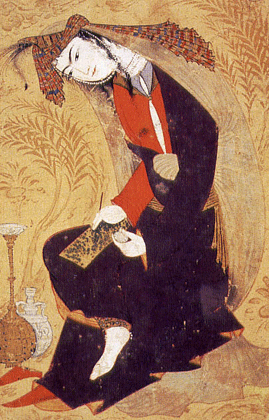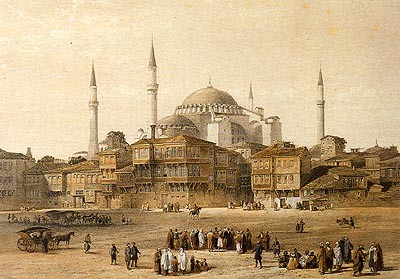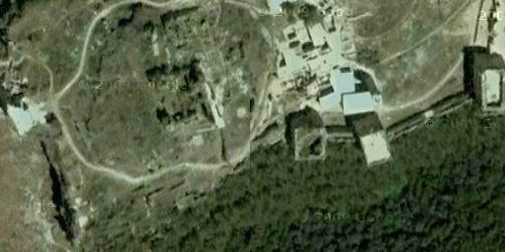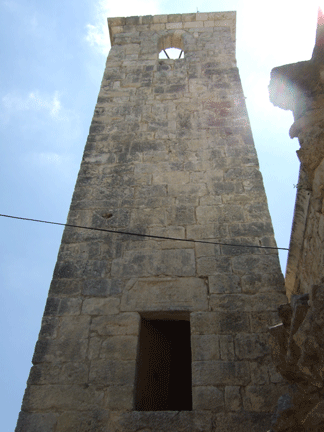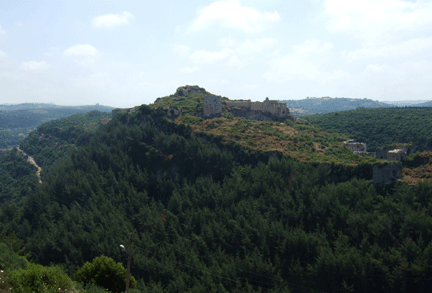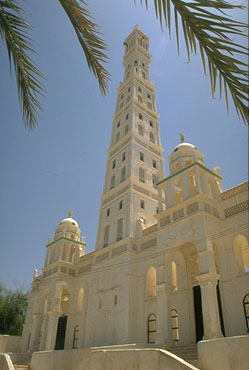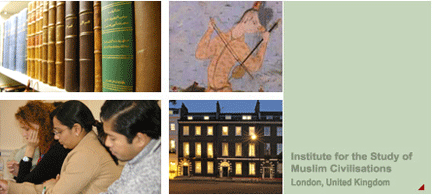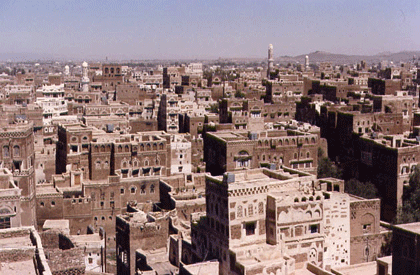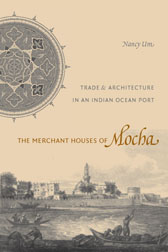
The most important historical port on Yemen’s Red Sea coast is no doubt the old port of Mocha, which gained fame in the West for its association with the Yemen coffee trade. In a new book, The Merchant Houses of Mocha: Trade and Architecture in an Indian Ocean Port, Nancy Um provides a fascinating social history of the trade through this seaport during the Ottoman period. Here is how the book is described on the publisher’s website.
Gaining prominence as a seaport under the Ottomans in the mid-1500s, the city of Mocha on the Red Sea coast of Yemen pulsed with maritime commerce. Its very name became synonymous with Yemen’s most important revenue-producing crop – coffee. After the imams of the Qasimi dynasty ousted the Ottomans in 1635, Mocha’s trade turned eastward toward the Indian Ocean and coastal India. Merchants and shipowners from Asian, African, and European shores flocked to the city to trade in Arabian coffee and aromatics, Indian textiles, Asian spices, and silver from the New World. Continue reading The Merchant Houses of Mocha
